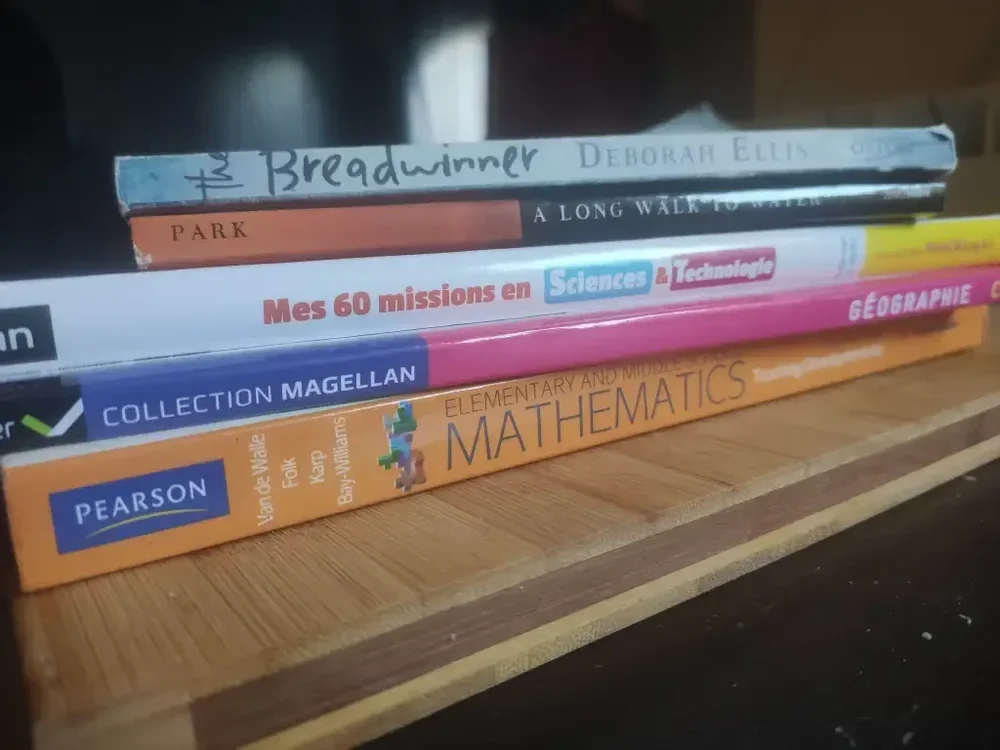
Content And Language Integrated Learning
by Rebecca
Content Integration Including Language Acquisition
CLIL is a pedagogy and teaching style that teaches both language skills and content – science, history, a novel, any topic – at the same time. It originated as a method for teaching second language learners, but is an approach I also use with fluent or first language learners who are engaging with and producing texts and articles.
Below are the four main reasons I use this approach.
Authenticity and Real InteractionsLanguage is not an academic exercise. It is a tool that we use every day, for every subject and in every context. It is personal, linked to culture, and changes based on the situation. Students who only learn academic grammar from a textbook won’t be able to connect easily with their friends on the playground, for example.
So we should learn it the way we use it. When we learn to use it in authentic situations to communicate real ideas, it becomes a tool that can free us to connect with each other instead of a barrier making that communication more difficult. Traditional Language Exercises Don’t Work AnywayGrammar, spelling, and vocabulary are not communication tools by themselves. We don’t isolate them when we speak to our friends or write a story. Spelling, by itself, is useless.
So why do we isolate them when we teach them? Students who complete grammar and spelling exercises learn quickly how to do the exercises and complete the patterns. However, those perfect test scores rarely transfer onto the page when writing essays.
Research shows that teaching grammar in isolation does not work, and in fact, as early as 1985, the National Council of Teachers of English resolved that teaching grammar exercises was not effective. In a CLIL classroom, the language is acquired instead through authentic writing about real world subjects and writing. Learn more here and here. Deeper and More Connected UnderstandingIntegration of subjects, including language acquisition and literacy skills, helps students to develop a deeper and more academically rigorous understanding of both the language and the subject. In our real lives, subjects are rarely separated from each other. Everything is connected. So why do we separate it all out into discrete subjects in a classroom? When we integrate the subjects, we allow our brains to make connections and think deeply about a subject. We allow for more points of entry into a subject, and so for more opportunities to understand it. When we write about science, or use math to understand geography, or culturally relevant legends to practice our reading, we understand the subjects and develop the skills more authentically and in ways that we are more likely to retain. We also allow students to develop critical thinking, problem solving skills, and empathy. Learn more here, and click here for an example of a unit plan that integrates all the subjects for deeper understanding.Time Management and EfficiencyPractically, learning subjects in isolation takes more time and effort. If we have to spend an hour learning grammar, a second hour practicing our reading comprehension, and a third hour learning about a science experiment, we will burn out and run out of time.
Instead, why not read and write about the science experiment? An integrated, CLIL classroom accomplishes more in the same time, allowing for higher academic expectations, deeper understanding, and less burn out.